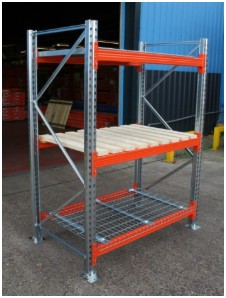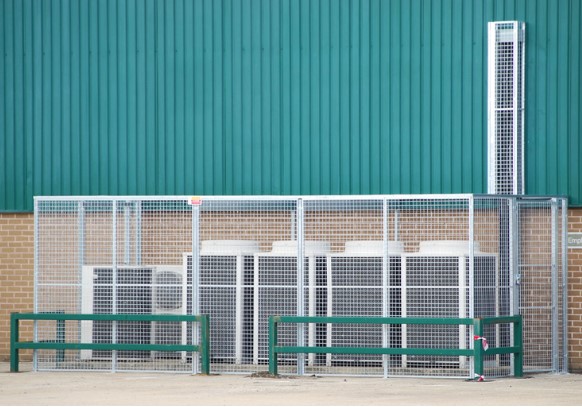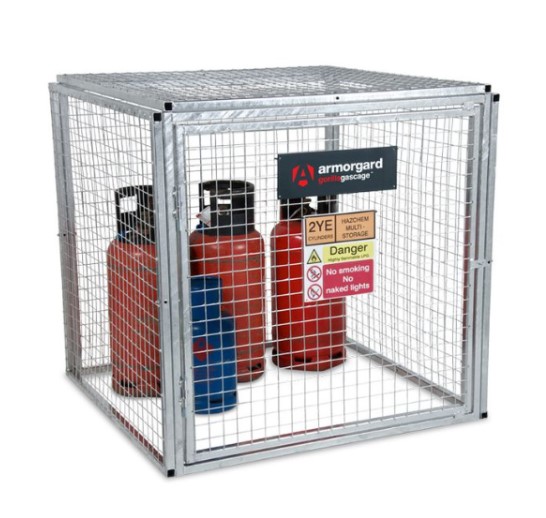How to Handle Corrosive Chemicals

Chemicals are used in some industries and can pose a risk to those using them.
There are four main classifications of corrosive chemicals:
- acids
- alkalis
- oxidizing agents
- halogens.
When corrosive chemicals are mixed or stored incorrectly, they can generate flammable, pressured and toxic gases that can damage living tissue, equipment and also ignite combustible components. So it is vital that corrosive chemicals are secured and stored properly on the premises upon which they are being used. Corrosive chemicals will also give off vapours into the air which can affect the skin and respiratory system in a number of adverse ways. Exposure to corrosive chemicals can cause burns, blistering and irritation to the skin. They can also cause inflammation, chest pains and difficulty in breathing if breathed in. In very severe cases, exposure can also cause blindness and burns. Corrosive chemicals should also never be ingested.
Strong acids such as sulphuric acid, nitric and hydrochloric acid are highly concentrated and can cause severe burns to the skin. Some acids’ vapours, like hydrochloric acid, are soluble in water and can cause irritations to breathing and the nose. Strong acids can combine with other chemicals and cause explosions and fires.
Strong alkalis, for instance ammonia and sodium hydroxide, are dangerous to eyes, the skin and the respiratory tract and can cause severe burns. Strong alkalis will react with water to create heat and will release the spitting of fumes and acid.
Oxidizing agents such as chlorates and peroxides, are corrosive to the skin and eyes. They are a fire and explosion hazard as they will release oxygen and easily ignite with combustible and flammable substances which in turn will increase the intensity of fire.
Halogens such as fluorine, chlorine and bromine are toxic and corrosive to skin and eyes and can cause burns. Fluorine is a gas and is highly reactive requiring great care when handling.
If any personnel come into contact with corrosive chemicals, immediate First Aid should be administered and also washed with water for at least 15 minutes. For personnel who have inhaled corrosive chemicals, they should be taken to an area with fresh air and given respiration aid.
Protective clothing and equipment should be supplied to anyone working with or in the vicinity of corrosive chemicals. Protective clothing includes goggles, gauntlets, gloves and face masks.
Storage of corrosive chemicals needs to be planned and strictly adhered to with clear guidelines and policies available. Corrosive chemicals should be stored below eye level to prevent splashing to the face and eye areas. The shelving of the storage should be non-corrosive and no stoppers made of rubber or cork should be used.
Corrosive chemicals should never be stored in the same area as combustibles, flammables and any other highly reactive and toxic substances and compounds. Bases and acids must not be stored together. Fire, explosion, or the release of dangerous gases and vapours may result if these chemicals combine.
We offer a range of hazardous chemical storage cupboards for the safe and secure storage of these types of chemicals. More information here: https://www.idhdirect.co.uk/cupboards.html











